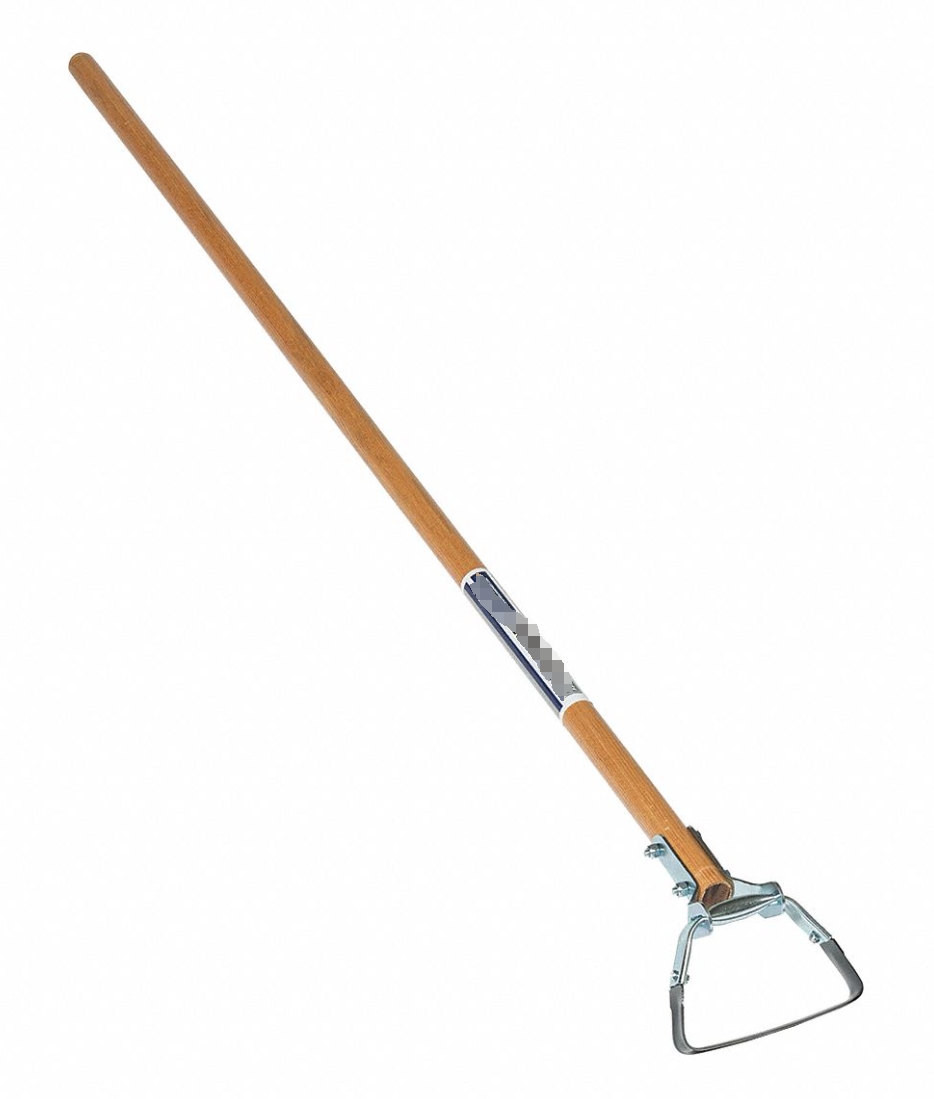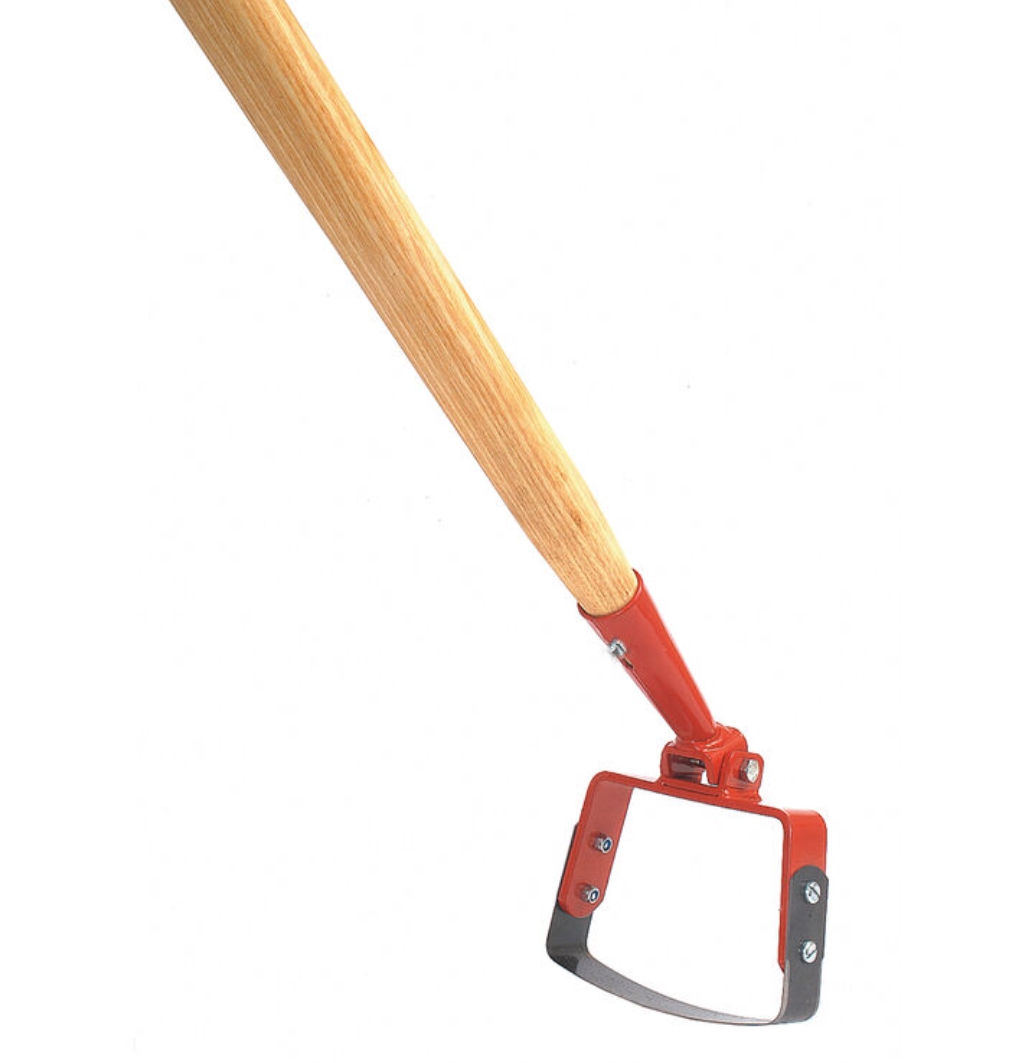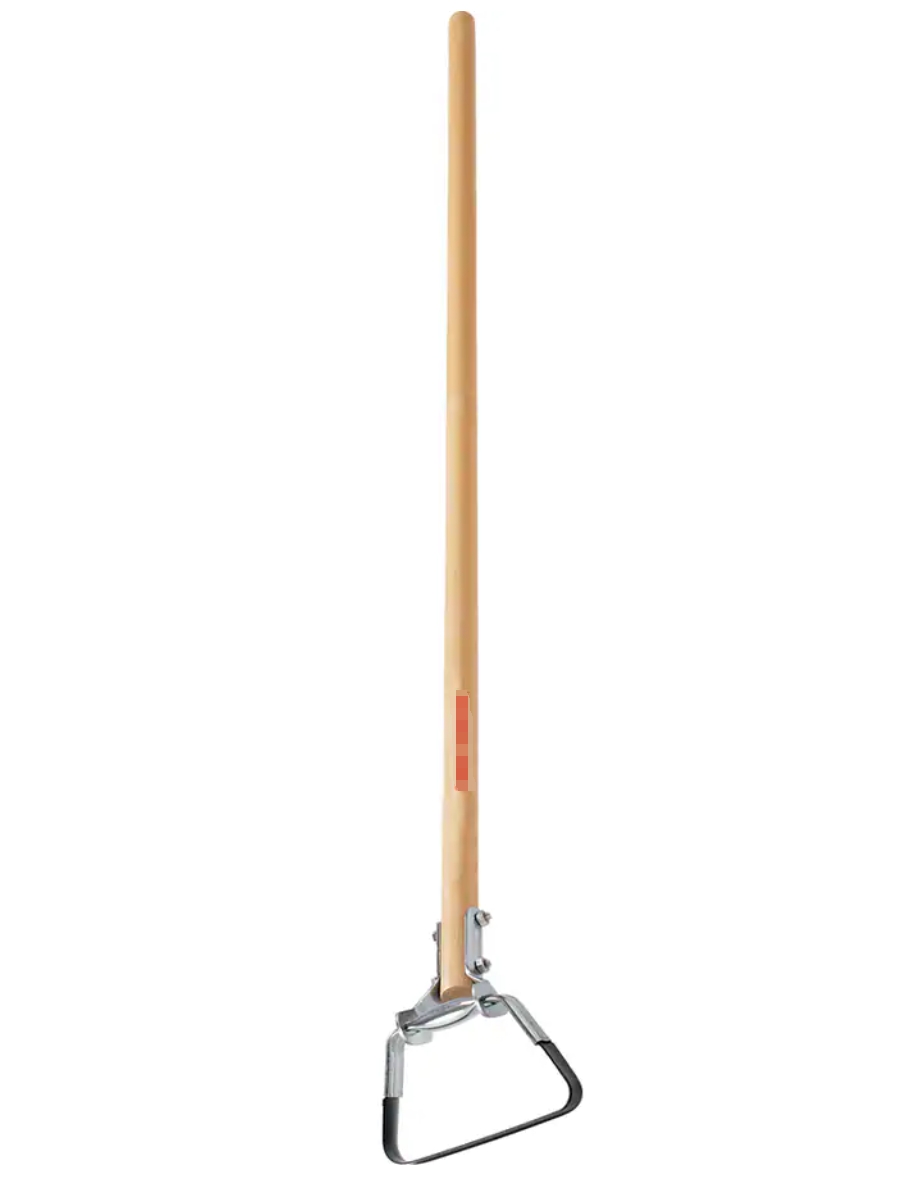News
1. What Is a Rogue Scuffle Hoe and Why Gardeners Love It
The Rogue scuffle hoe is a specialized garden hand tool engineered for efficiency, precision, and durability. Unlike traditional hoes, the Rogue scuffle hoe features a sharpened steel blade with a dual-sided edge, designed to cut weeds just below the surface of the soil with a push-pull motion. This design minimizes soil disturbance and increases weeding efficiency, especially in densely planted areas.
Crafted in the USA, Rogue hoes are known for their high-quality tempered steel construction—often repurposed from agricultural disc blades—ensuring exceptional edge retention and structural integrity. The blade is welded securely to a long, ergonomically angled handle, typically made from high-grade ash or fiberglass, offering both strength and user comfort.
What sets the Rogue scuffle hoe apart is its balance of aggressive weed removal capability and control. Gardeners appreciate how it glides under the soil, slicing off weeds cleanly without disrupting surrounding plants or compacting the soil. The tool's V-shaped blade makes it ideal for raised beds, vegetable rows, and densely planted flower beds.
This hoe has grown in popularity among both amateur gardeners and professional landscapers due to its durability and effectiveness. Whether tackling crabgrass, dandelions, or broadleaf weeds, users report significantly reduced weeding time and less physical fatigue. In terms of ROI, it's a reliable investment for any serious gardener or commercial operation.
The Rogue brand has developed a strong reputation for quality, with positive word-of-mouth and reviews driving demand globally. For retailers and importers, this makes the Rogue scuffle hoe a product with consistent sales potential and customer satisfaction.

The scuffle hoe farming tool is designed for efficiency, but proper technique is key to maximizing its performance. Unlike traditional chopping hoes, the scuffle hoe operates with a push-pull motion, gliding just below the surface of the soil to sever weed roots without disturbing the surrounding area.
Start by positioning the hoe at a shallow angle to the ground, with the blade flat and level. Use light pressure as you push and pull the blade across the soil surface. The sharpened edge should slice through the base of weeds, allowing for quick removal without the need for digging or uprooting. This method is particularly beneficial for shallow-rooted weeds like chickweed or purslane.
The tool excels in cultivated beds and around tightly spaced crops, where maneuverability is essential. Its flat blade allows you to reach between rows or under low-hanging foliage with minimal risk of damaging nearby plants. For heavy weed infestations, repeat the motion in different directions to ensure full coverage.
Safety and posture are also important. The scuffle hoe garden tool typically features a long handle to promote upright working posture, reducing back strain during extended use. Wearing gloves and closed shoes is recommended, especially when operating on harder ground.
Routine maintenance, such as cleaning soil from the blade and occasionally sharpening it with a file, helps retain its efficiency. Proper storage—preferably hung in a dry area—also extends the tool’s life.
In both commercial agriculture and home gardening, the scuffle hoe garden tool stands out for its speed, ease of use, and minimal soil disruption. Whether you manage a small plot or a professional farm, mastering its use can significantly improve your weeding efficiency and reduce labor costs.

As a leading manufacturer of agricultural and garden hand tools with over 30 years of experience, our factory is proud to offer a diverse line of scuffle hand hoe products engineered for performance, durability, and cost-effectiveness. Designed with both functionality and export readiness in mind, our hoes meet the growing demand from global markets, including North America, Southeast Asia, and Africa.
We manufacture scuffle hand hoes in multiple blade widths (ranging from 5 to 10 inches) and handle lengths to cater to different applications—from small-scale garden beds to larger commercial fields. Our blades are made of forged high-carbon steel with heat-treated edges, ensuring they maintain sharpness after repeated use. Each head is precision-welded for strength and angle-correctness, offering optimal cutting efficiency during both push and pull actions.
The handles can be customized in ash wood, eucalyptus, or high-strength fiberglass, depending on client preferences or target market requirements. All handles are ergonomically shaped and coated for a comfortable grip and long-term resistance to weather exposure.
OEM and ODM services are also available, allowing our partners to personalize branding, laser etching, labeling, and packaging. Our production line supports bulk orders with consistent quality control through ISO-compliant processes. We currently supply to several large importers and wholesalers who value our ability to deliver reliable products at competitive factory-direct pricing.
Our scuffle hand hoe lineup is ideal for dealers looking to expand their inventory with tools that meet both traditional farming needs and modern gardening trends. Whether you need standard models for budget-conscious markets or premium options for professional users, we can provide tailored solutions backed by decades of craftsmanship and logistical expertise.

Understanding the difference between a scuffle hoe garden tool and an oscillating hoe is essential when choosing the right weeding tool for your needs. Though both are designed for surface-level weed removal, their mechanics and applications differ significantly.
The scuffle hoe typically features a fixed blade that slices weeds using a push-pull motion. Its solid, sharpened edge moves across the soil to sever weeds just below the surface. The Rogue-style scuffle hoe, for example, offers excellent control and stability, especially in hard or compacted soils. It's a favorite for precision weeding in tight garden beds or between vegetable rows.
In contrast, the hoe tool in agriculture—also known as a stirrup hoe—features a blade mounted on a pivot that moves slightly back and forth as pressure is applied. This oscillation helps maintain consistent contact with the ground, even when the angle of the handle changes. It’s often praised for its ease of use across uneven terrain or when working quickly over large areas.
Another key difference is durability and edge retention. Scuffle hoes with solid steel blades, such as the Rogue models, tend to outlast oscillating hoes, which may have thinner blades and moving parts susceptible to wear or damage over time.
From a maintenance perspective, scuffle hoes require occasional sharpening, while oscillating hoes may require replacement of worn parts. Price-wise, scuffle hoes—especially factory-direct models—offer a better long-term value due to their rugged build and lower maintenance needs.
Choosing between the two depends on your working conditions. For rocky soil, precise rows, or longer-lasting investment, a scuffle hoe garden tool like the Rogue is typically superior. However, for rapid clearing of loose soil or casual weeding, an oscillating hoe may also serve well.
Maintaining your Rogue scuffle hoe properly ensures its long-term effectiveness and protects your investment. Though Rogue hoes are known for their durability and high-grade materials, regular care extends their lifespan and preserves their performance.
Start by cleaning the blade after each use. Soil residue, moisture, and plant sap can lead to corrosion over time. Wipe the blade with a damp cloth, then dry thoroughly. For sticky residue, a mild solvent or wire brush may be used.
Sharpening the blade is essential for consistent performance. Use a flat metal file or sharpening stone to maintain the cutting edge. Focus on the outer beveled edge, following the original angle. Sharpening once every few uses is sufficient for most applications.
Inspect the handle regularly. If you’re using a wooden handle, consider applying linseed oil to maintain its resistance to moisture and cracking. Fiberglass handles require less maintenance but should still be checked for cracks or loose fittings.
Proper storage also plays a key role. Hang the Rogue scuffle hoe on a wall or store it upright in a dry area. Avoid placing it on damp ground, which can cause both the blade and handle to deteriorate. Use blade guards or covers during transportation, especially if you're using the tool on commercial job sites.
Additionally, lubricate any bolts or metal joints periodically, particularly on hoes that experience high levels of use. This prevents rust and ensures that components remain tightly fitted and safe to use.
By following these basic maintenance tips, you'll ensure that your Rogue scuffle hoe remains a reliable garden companion for years to come. For bulk purchasers and tool distributors, providing after-sale care guides can help reduce returns and boost customer satisfaction.

 Sitemap
Sitemap